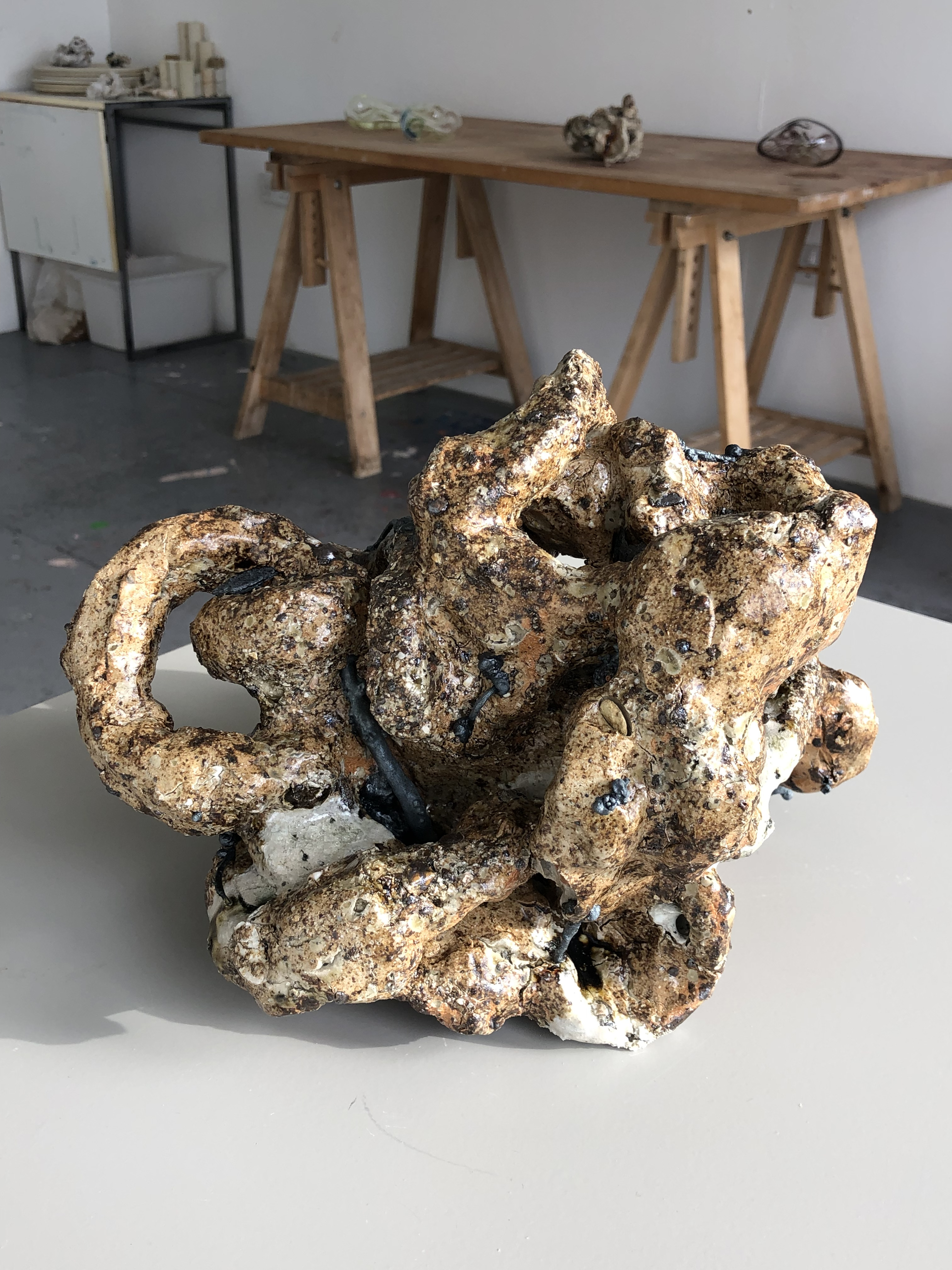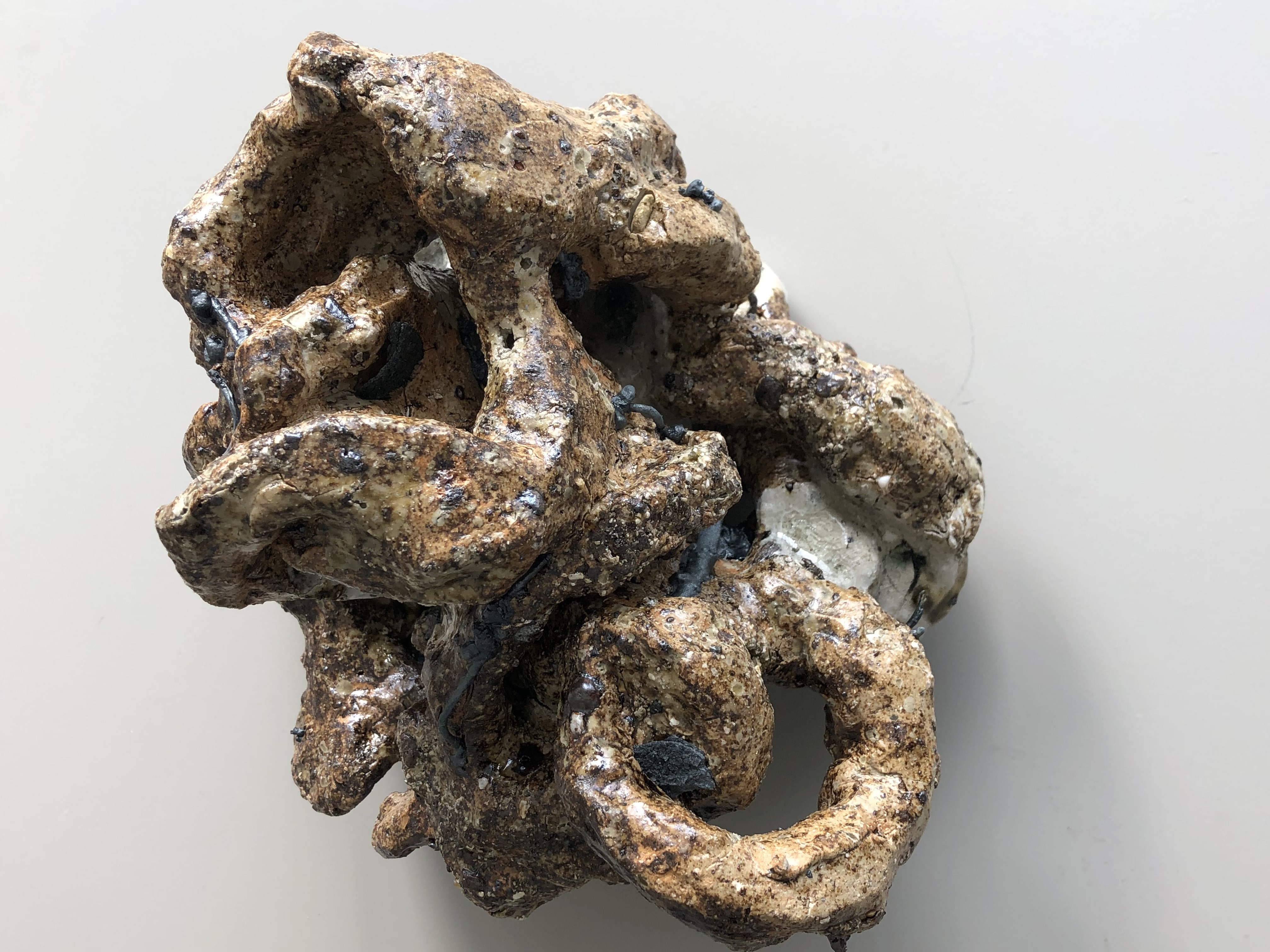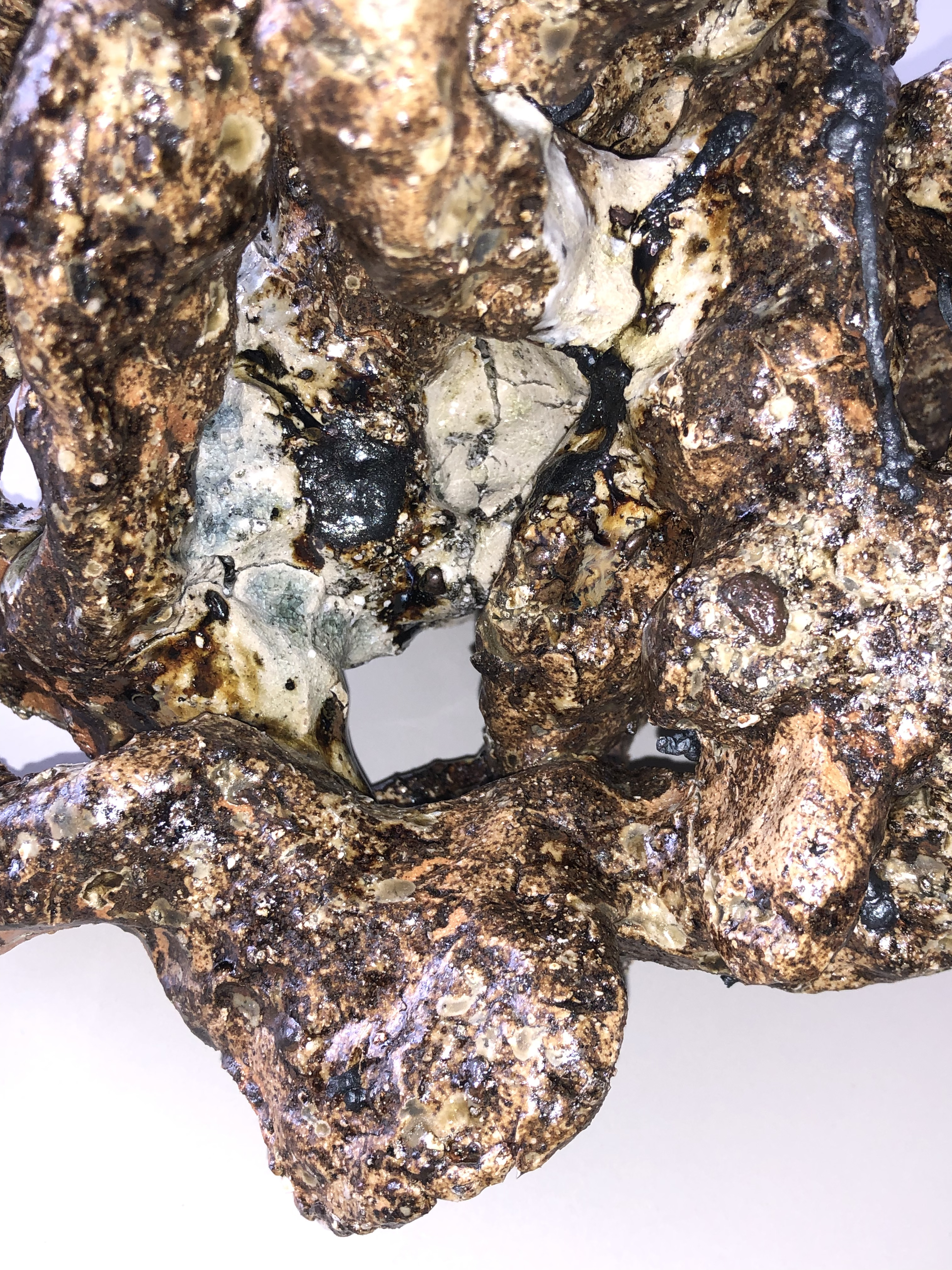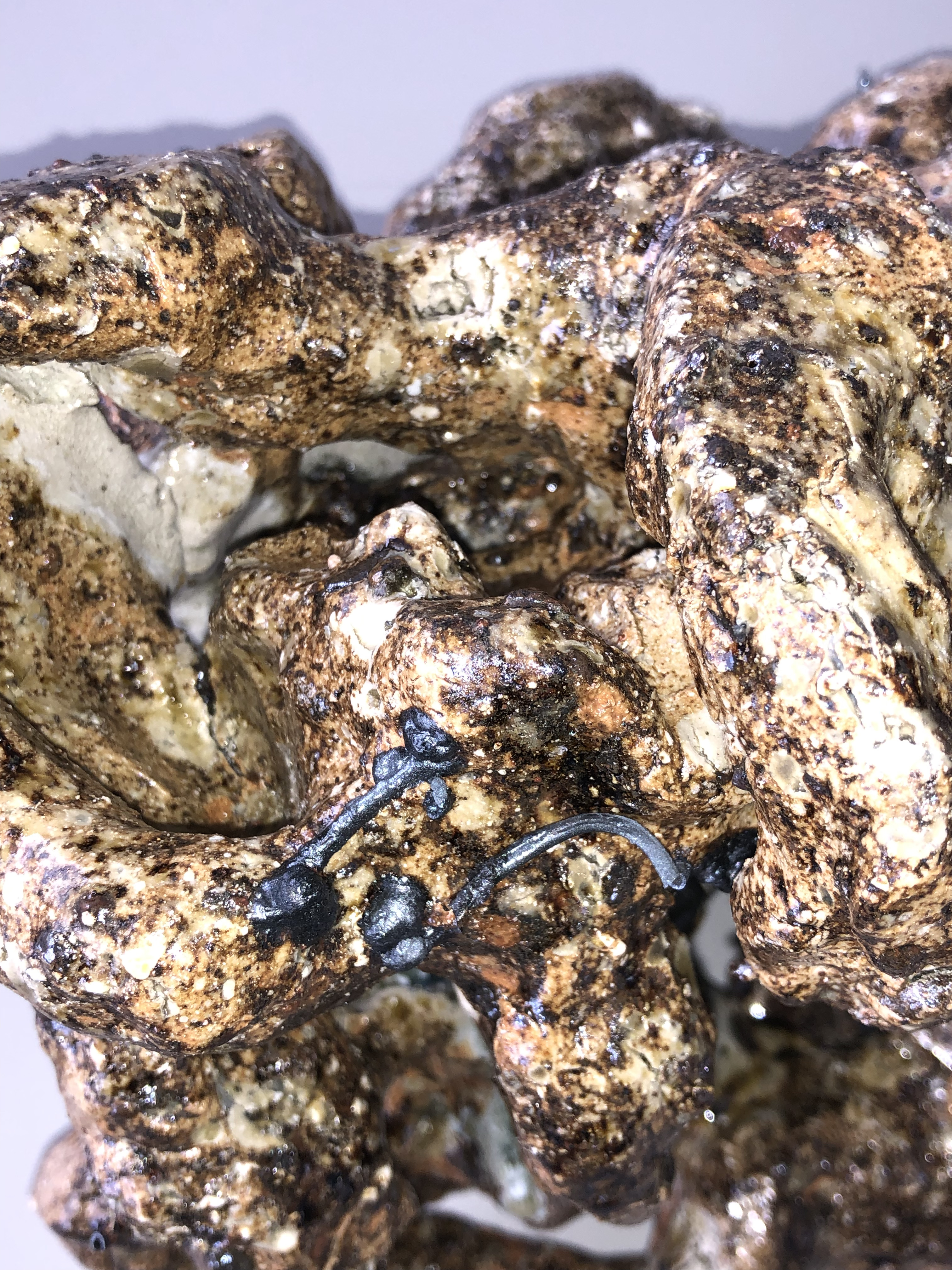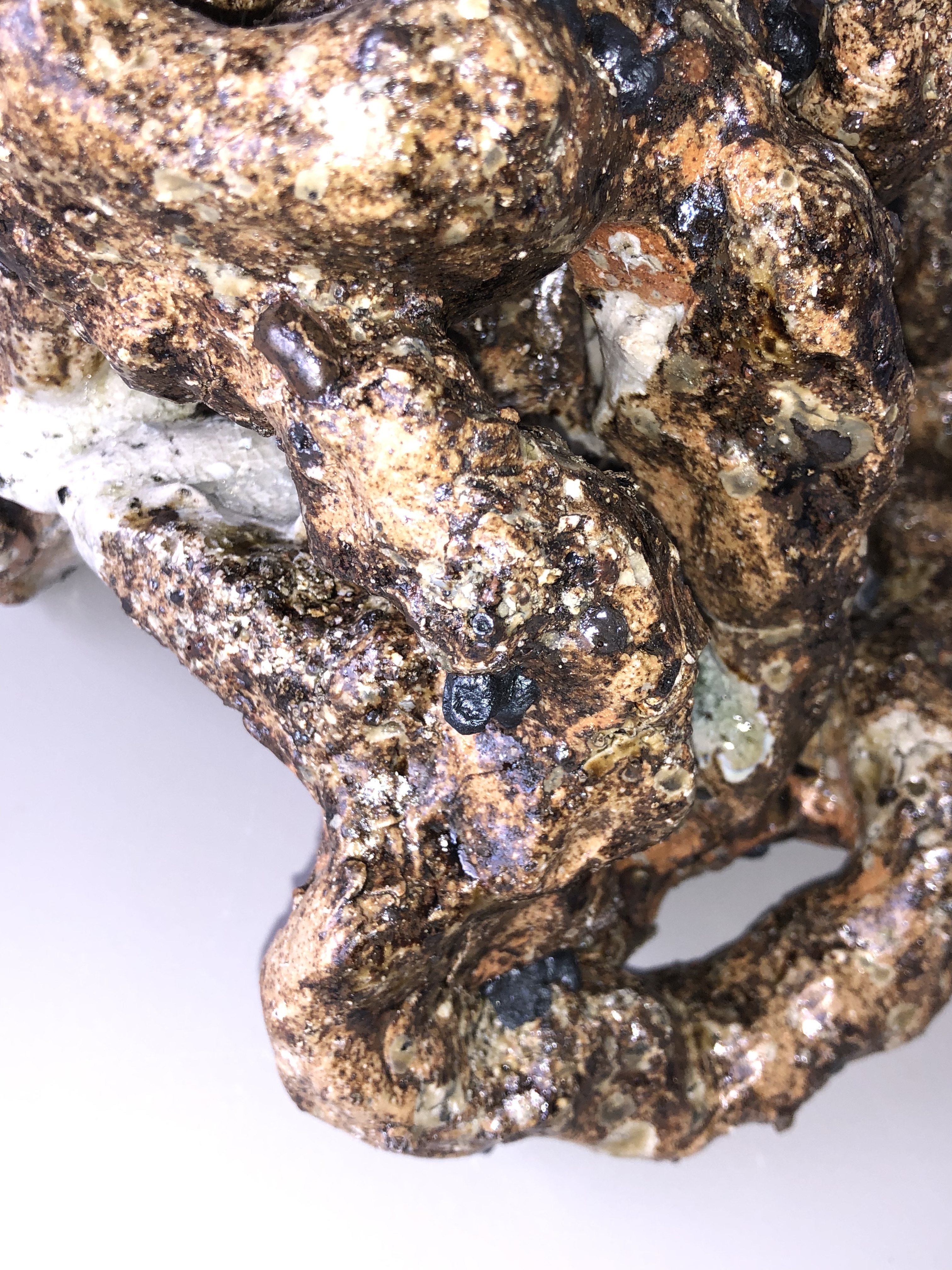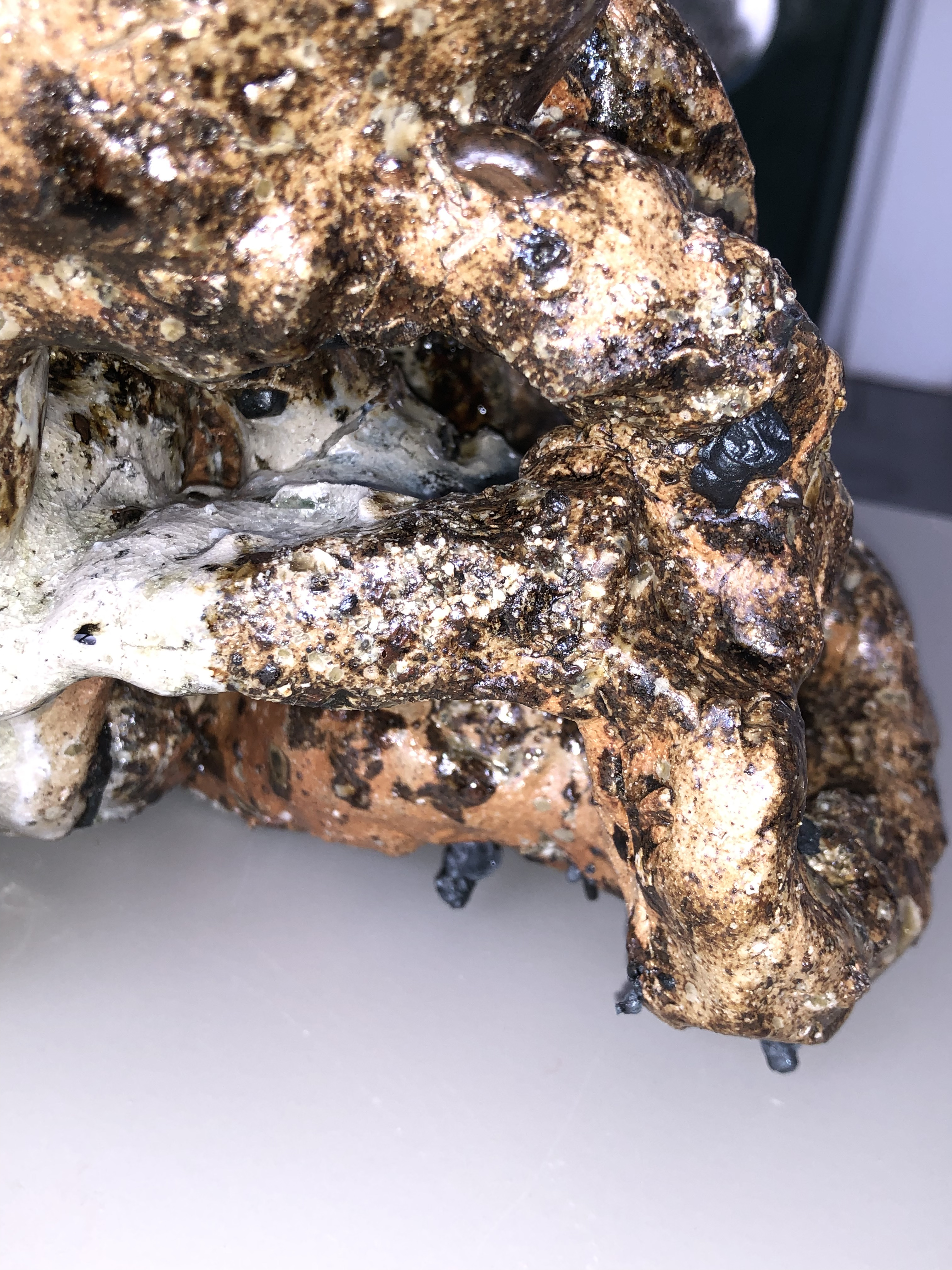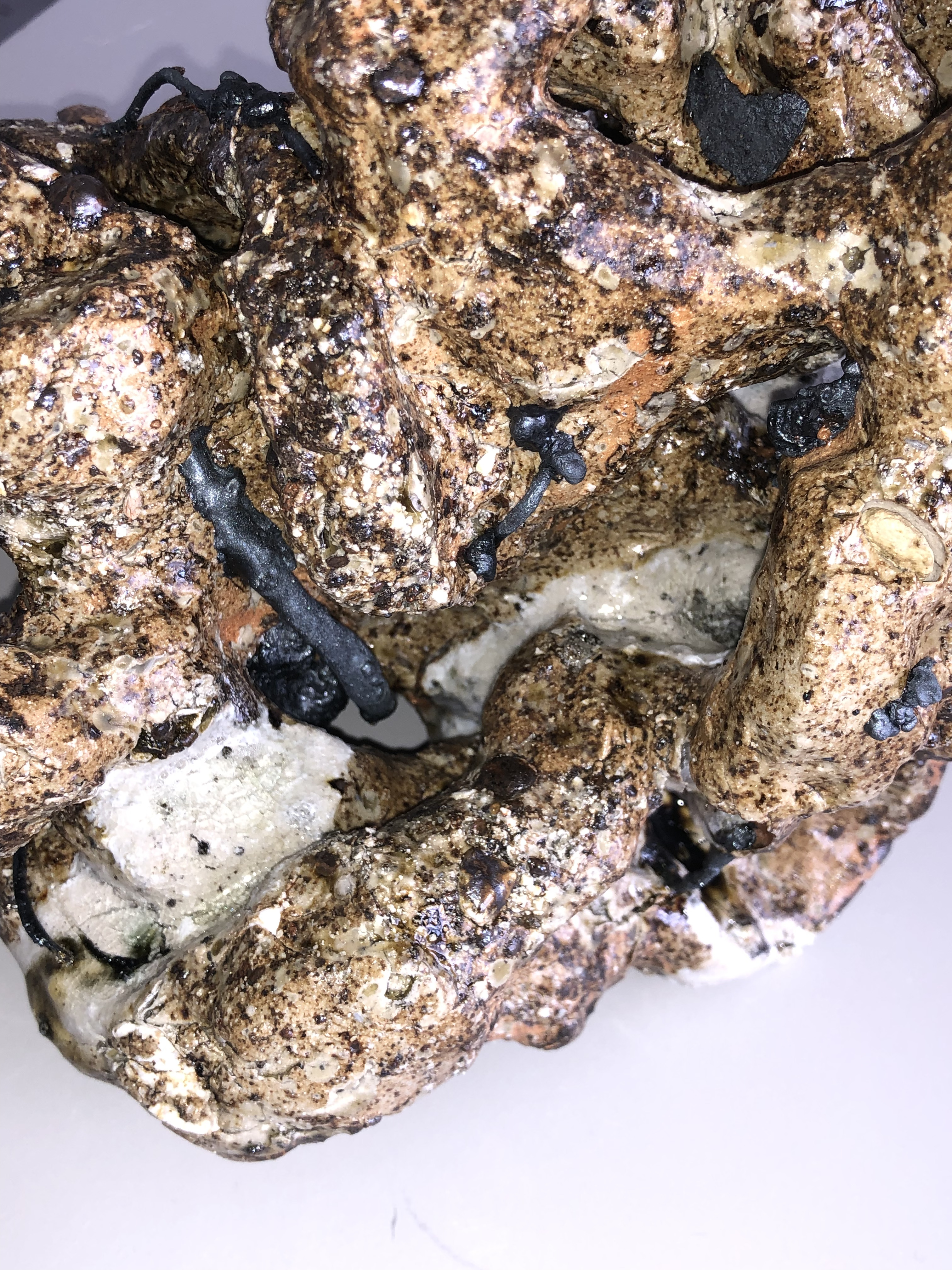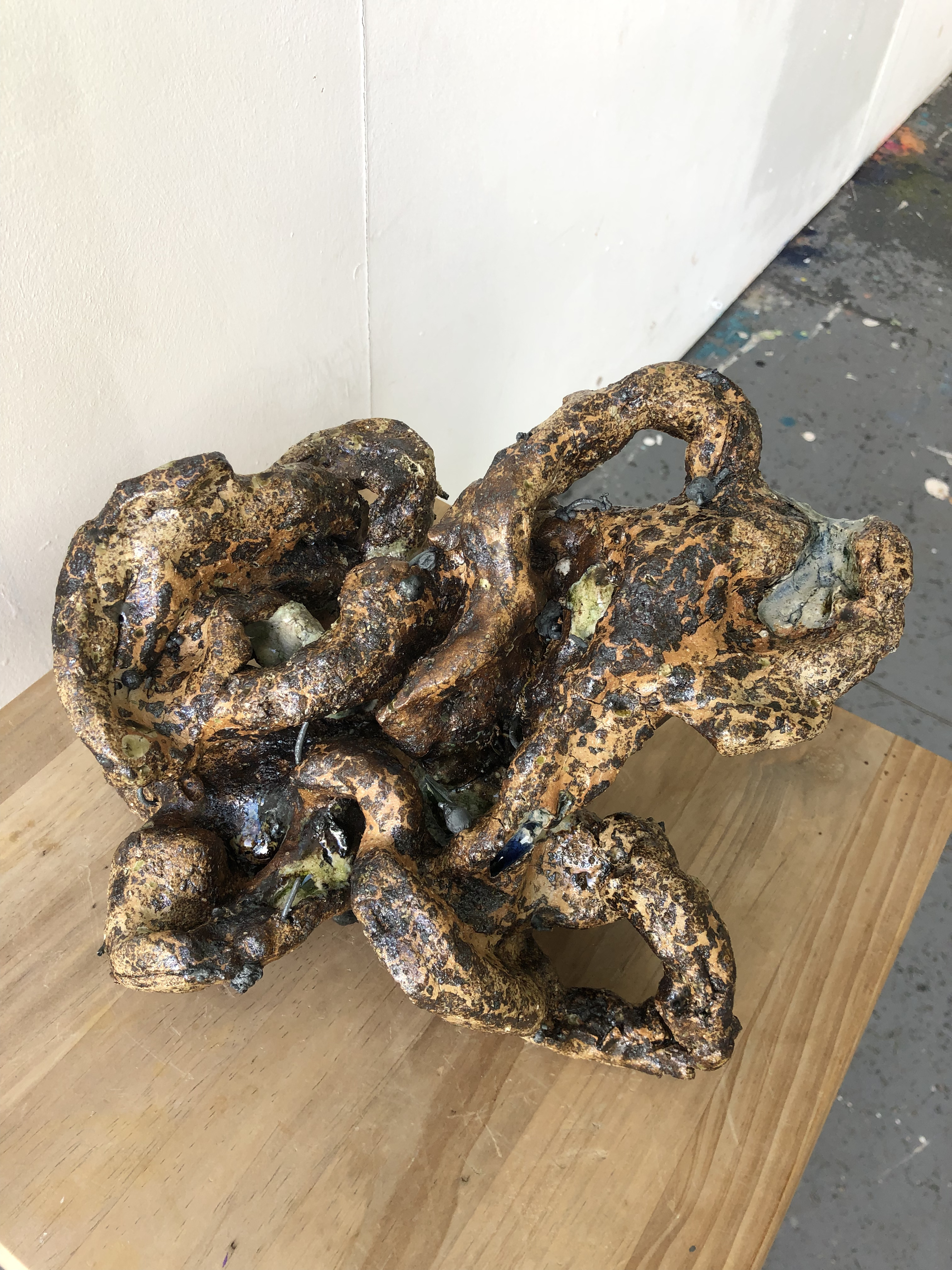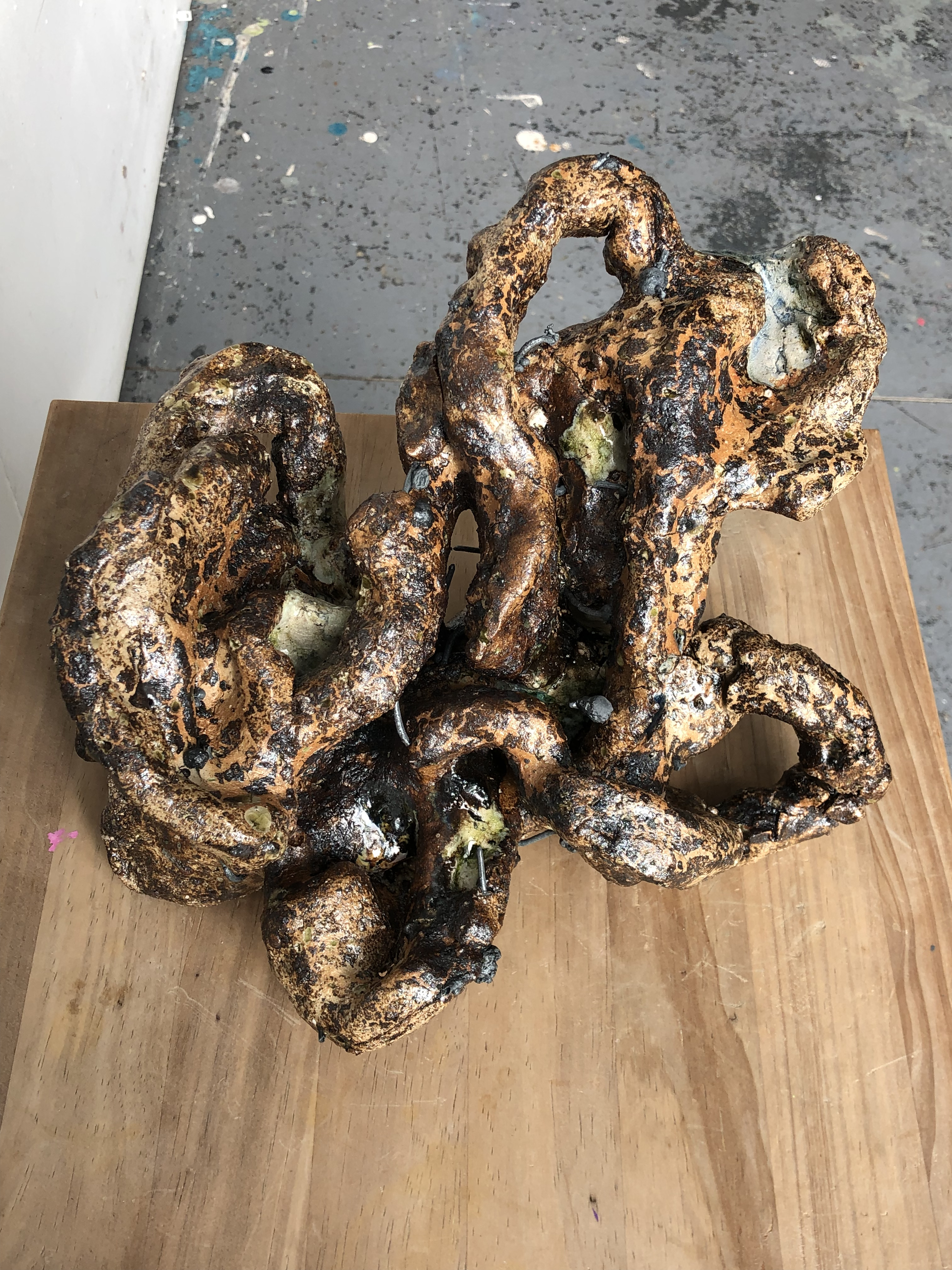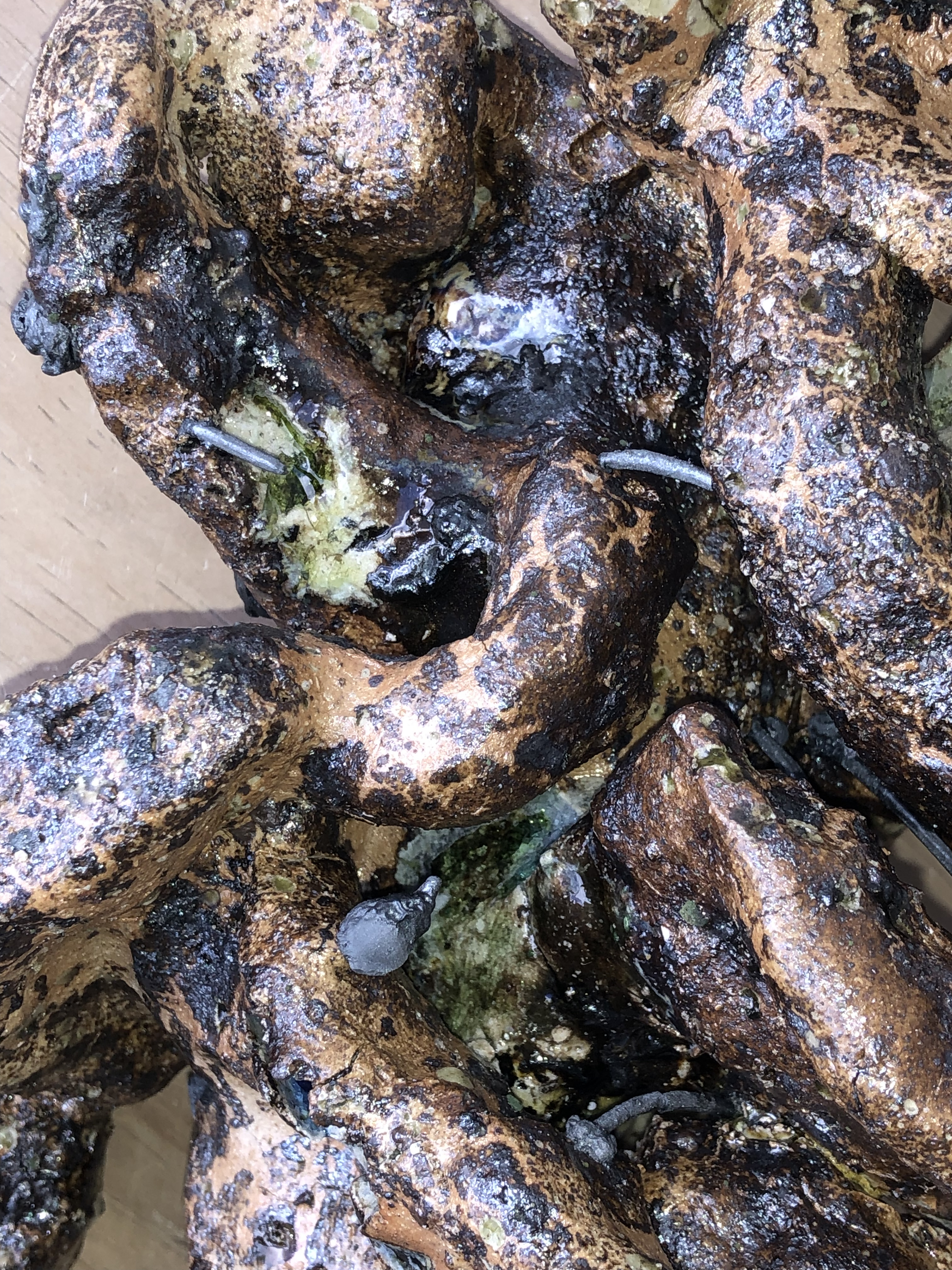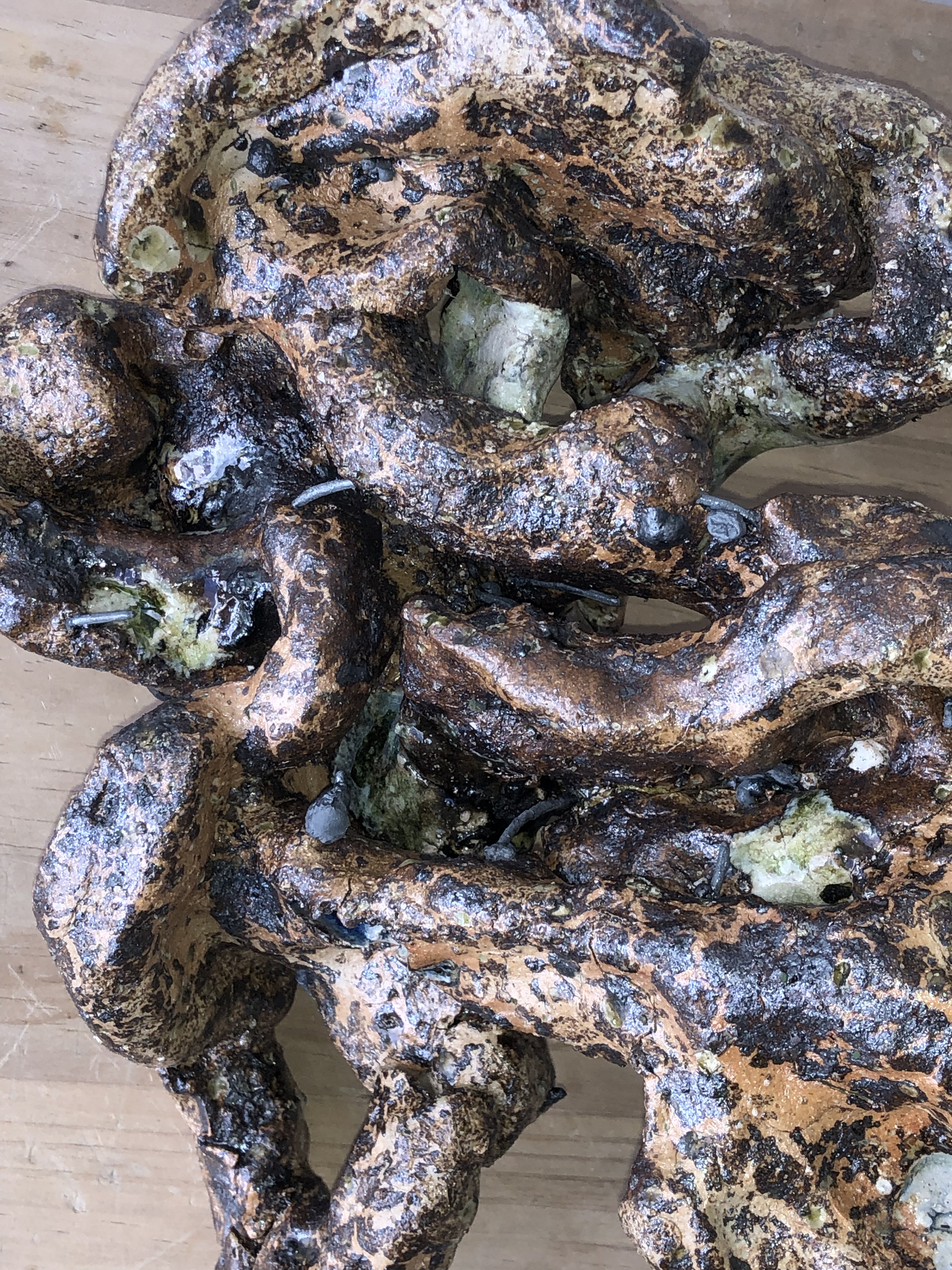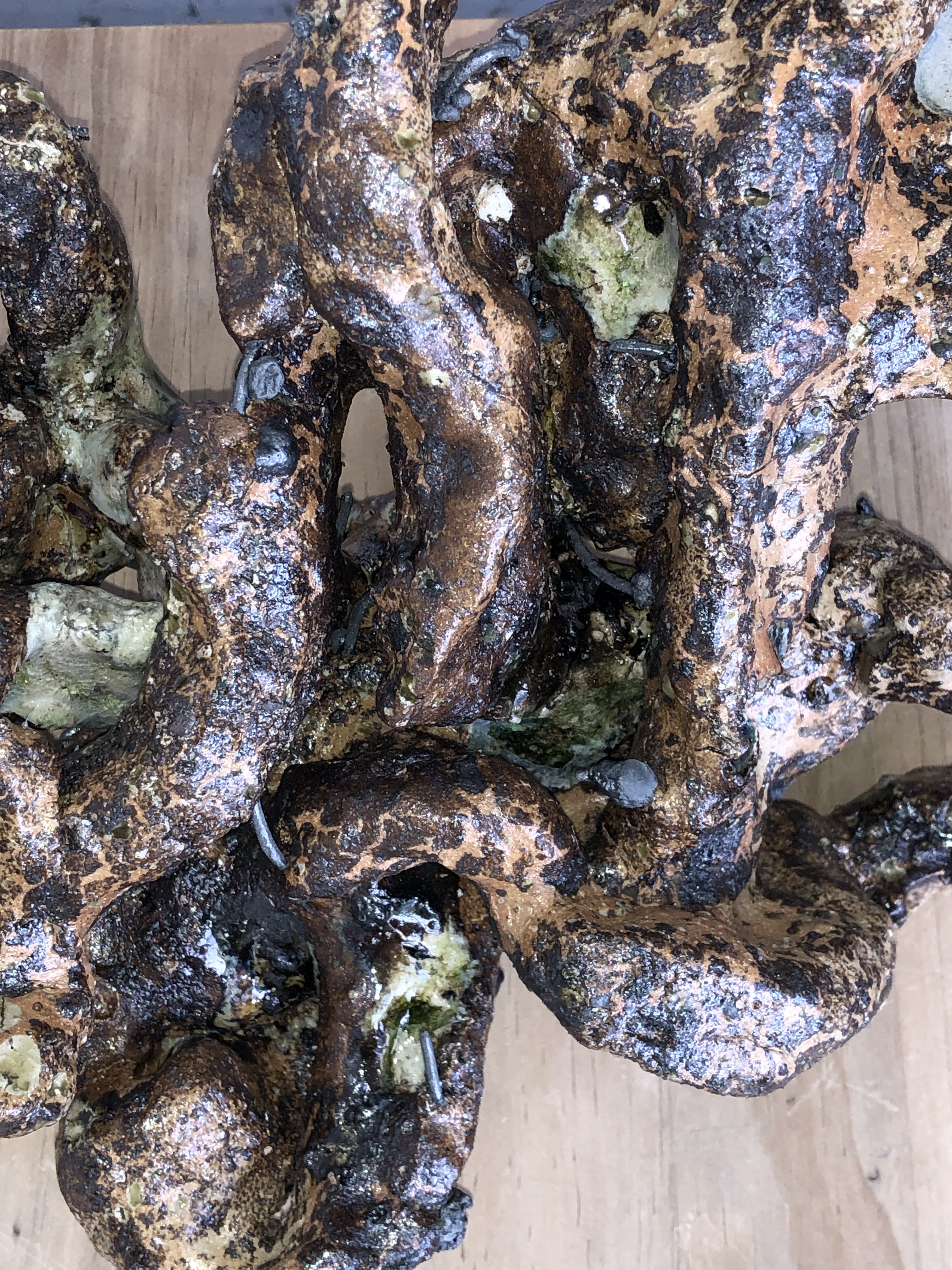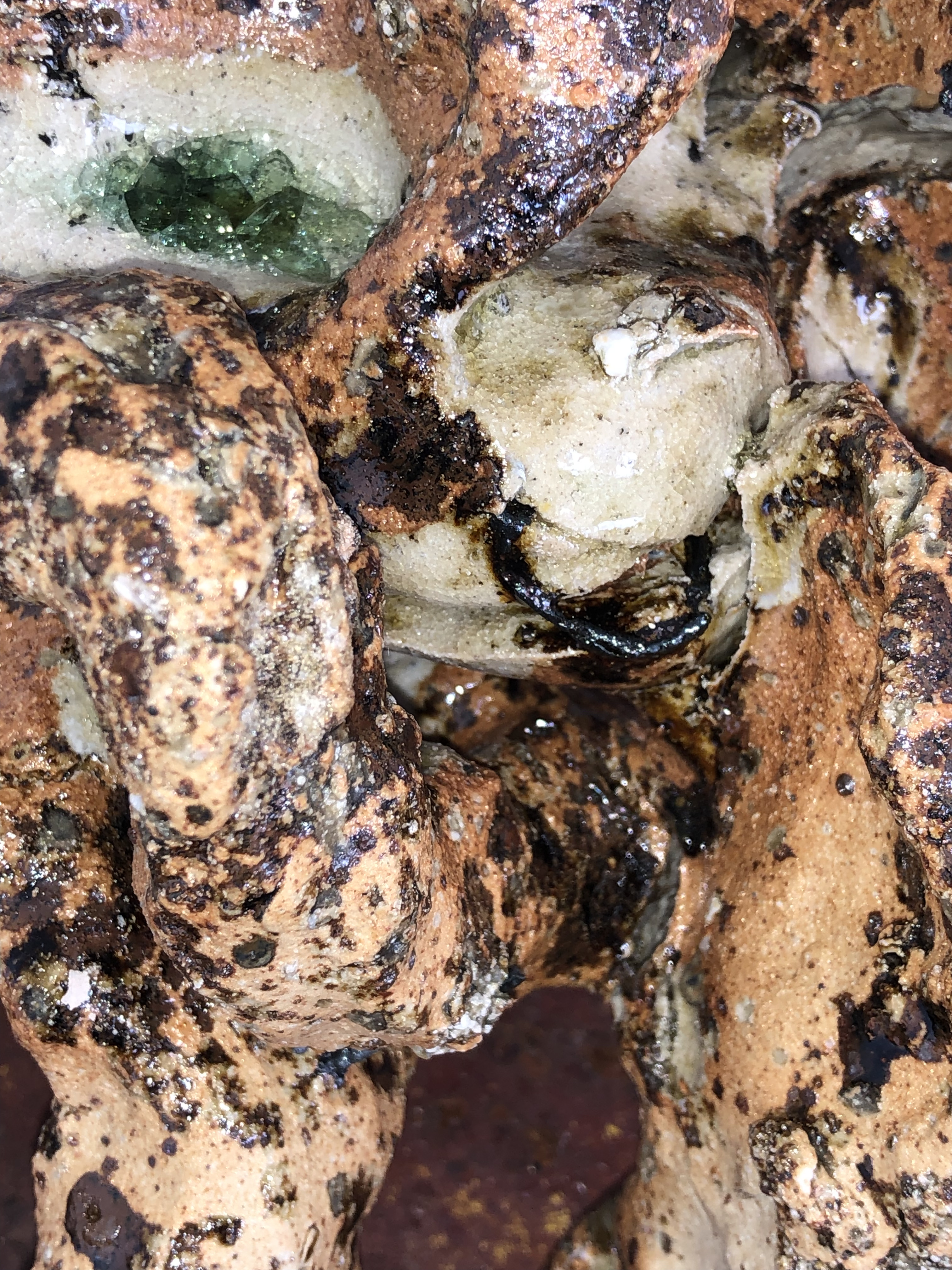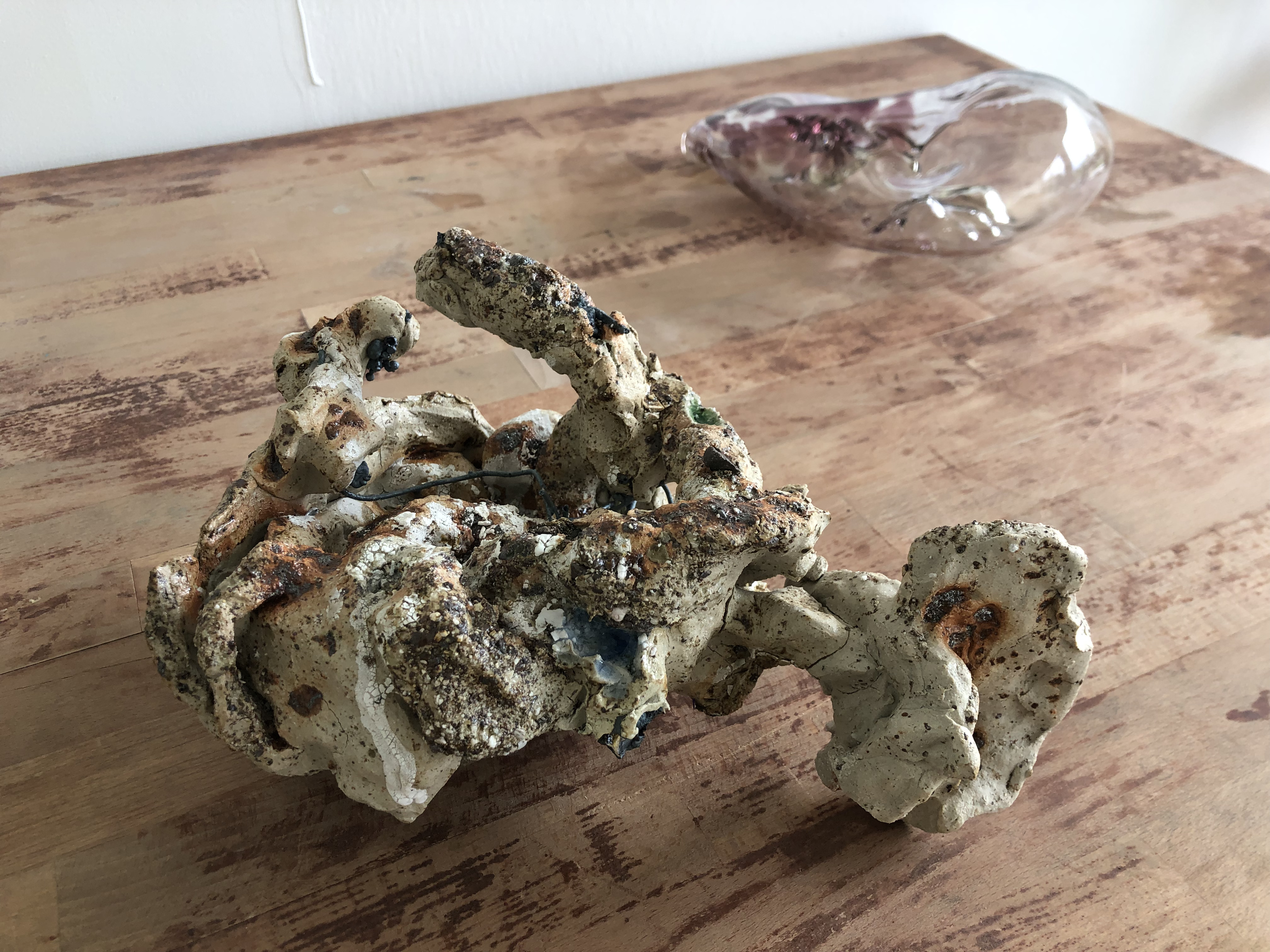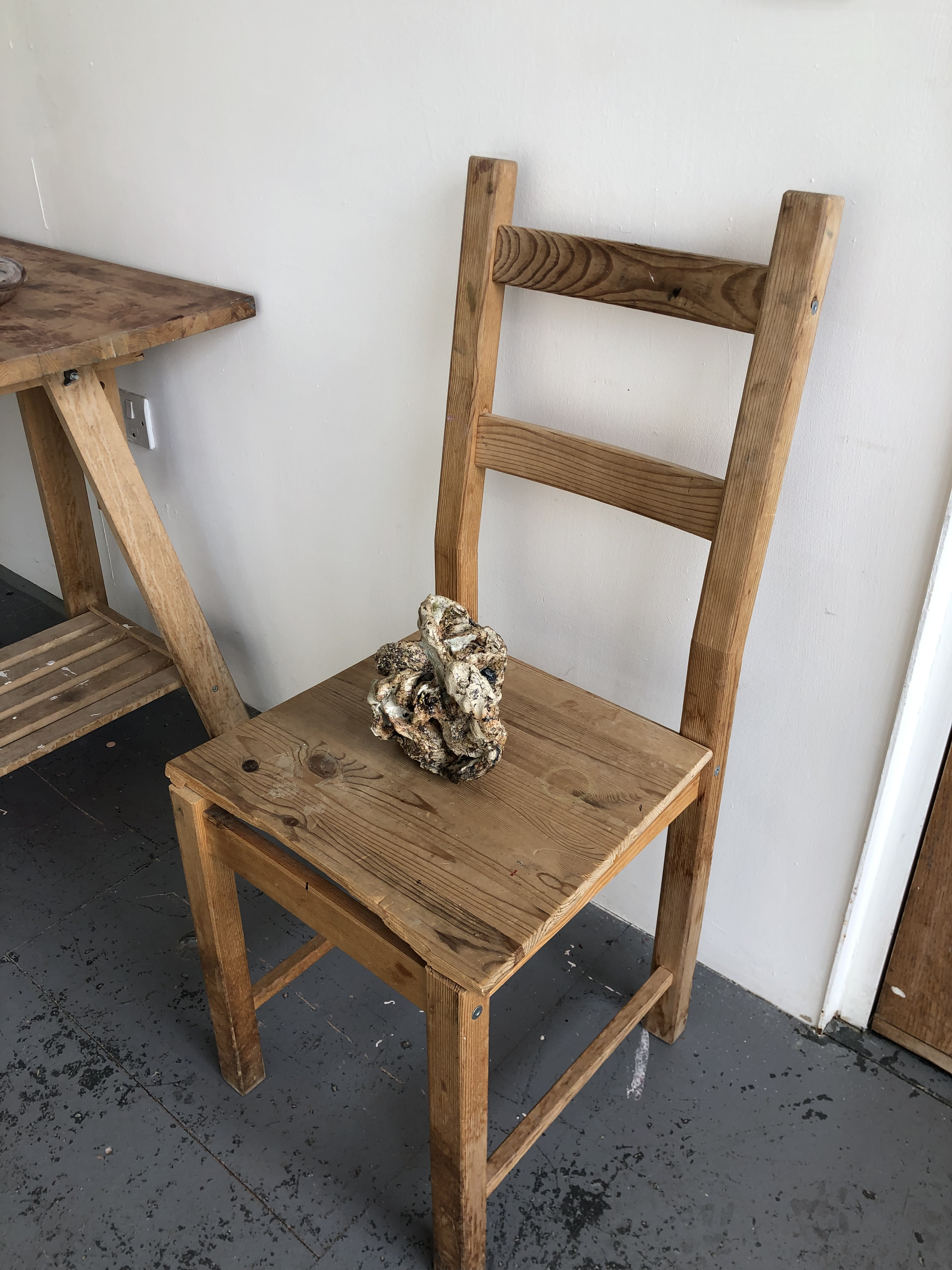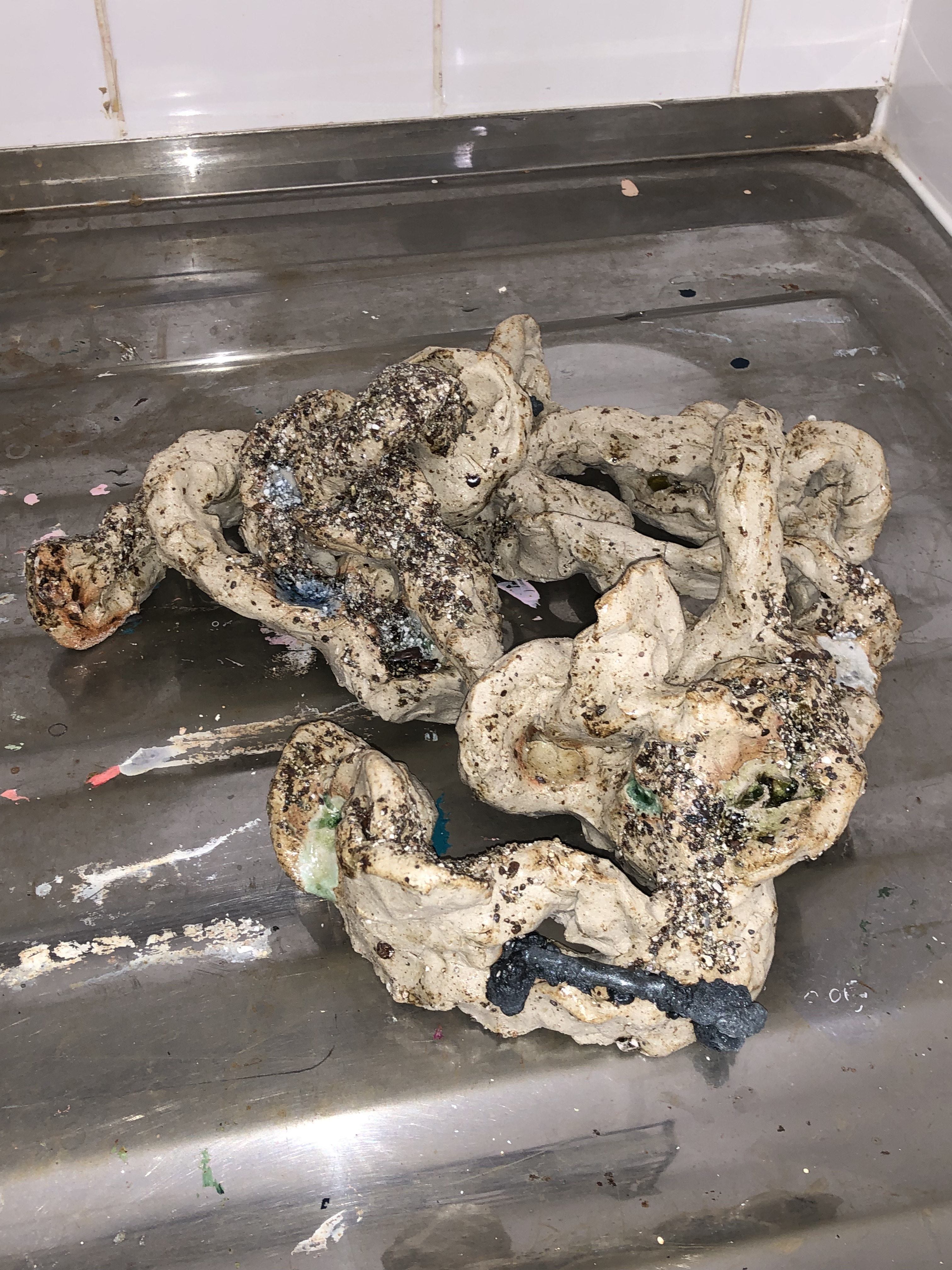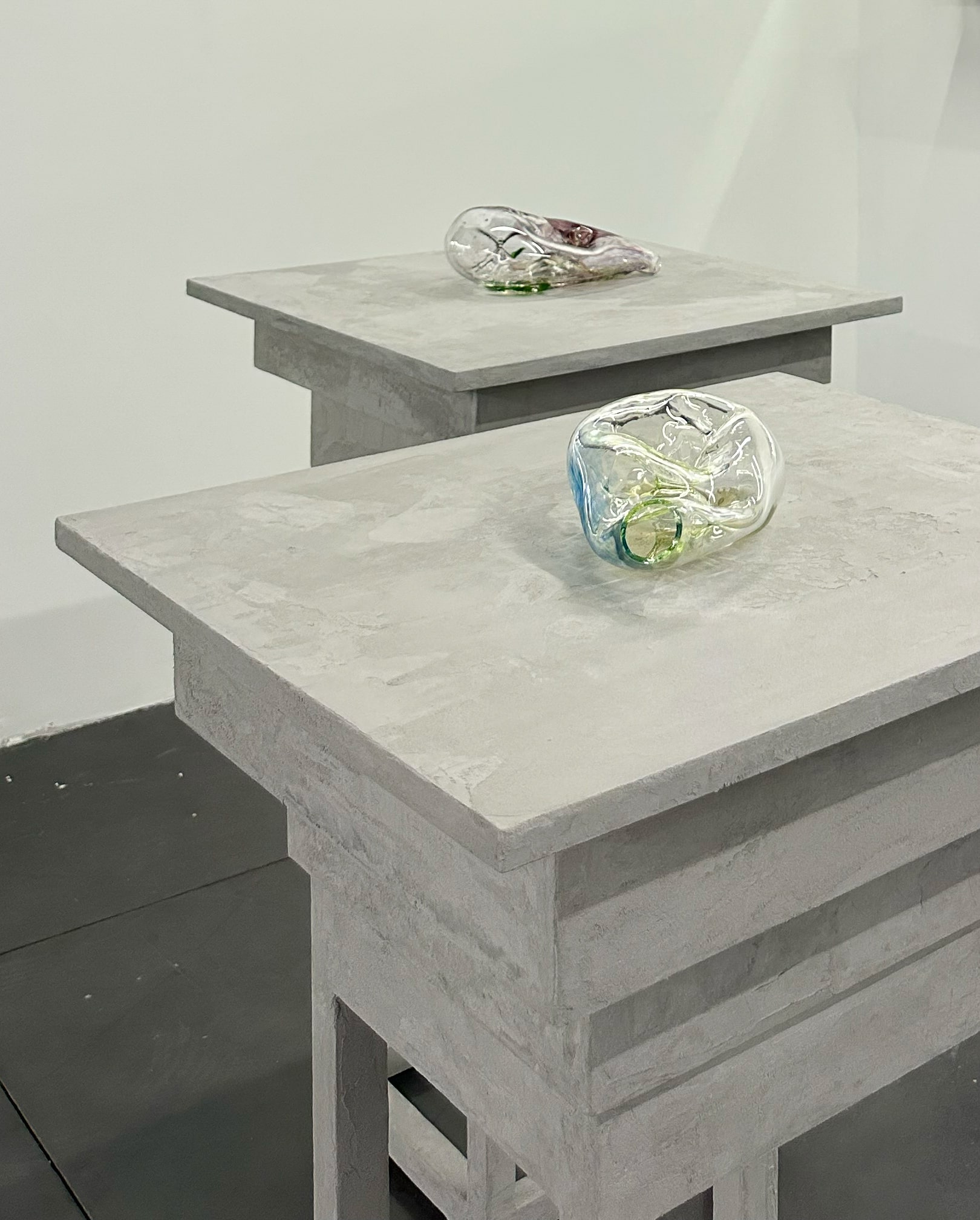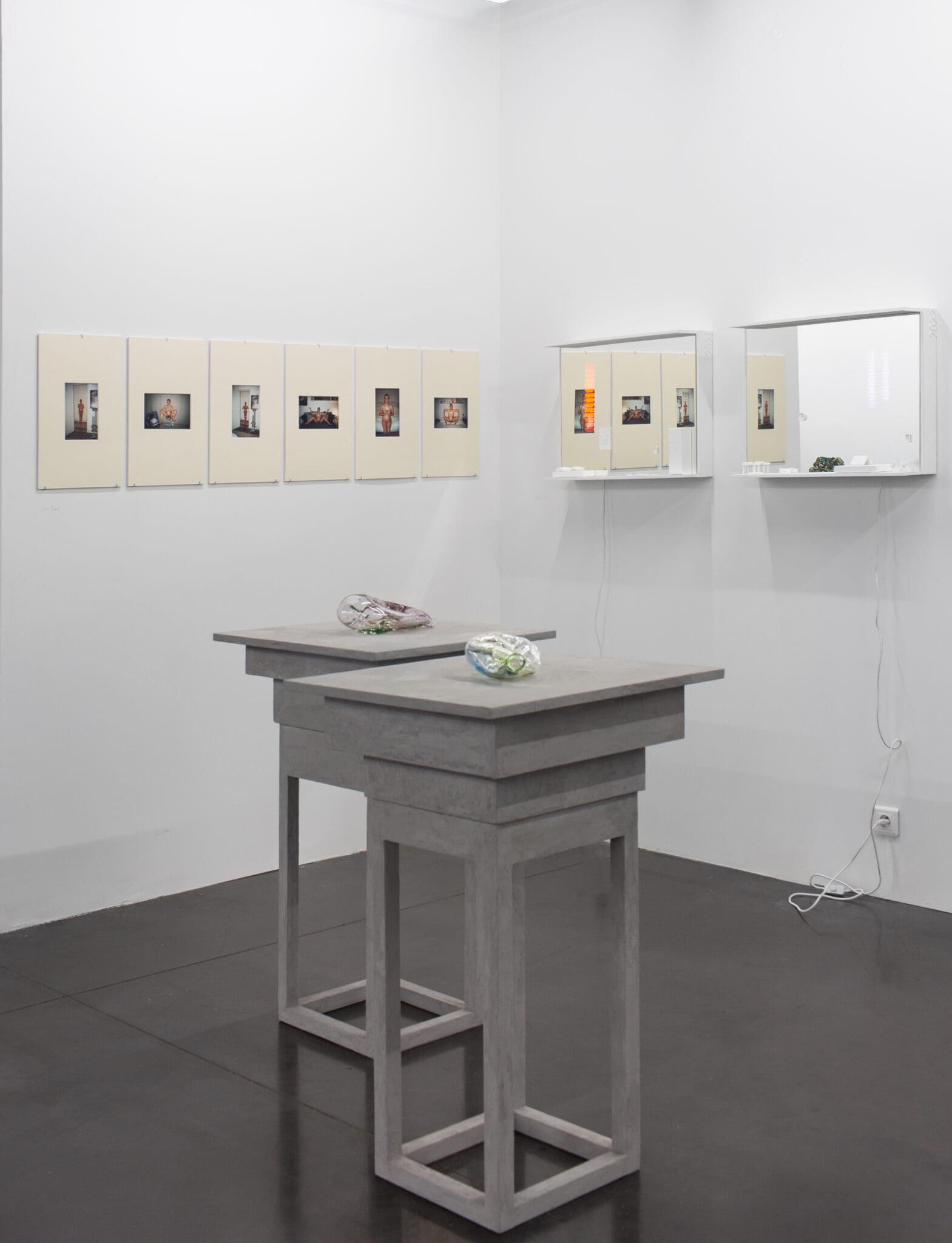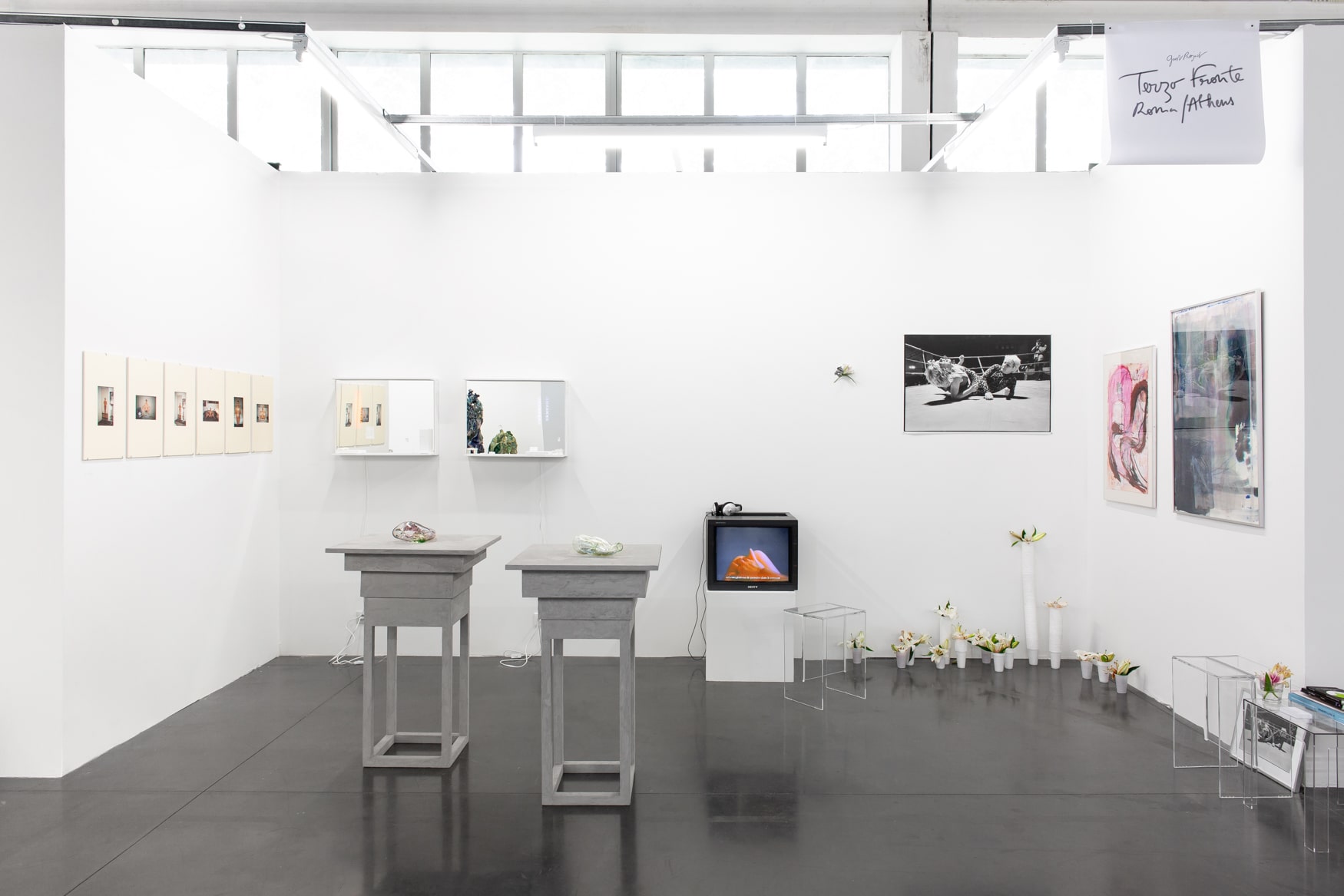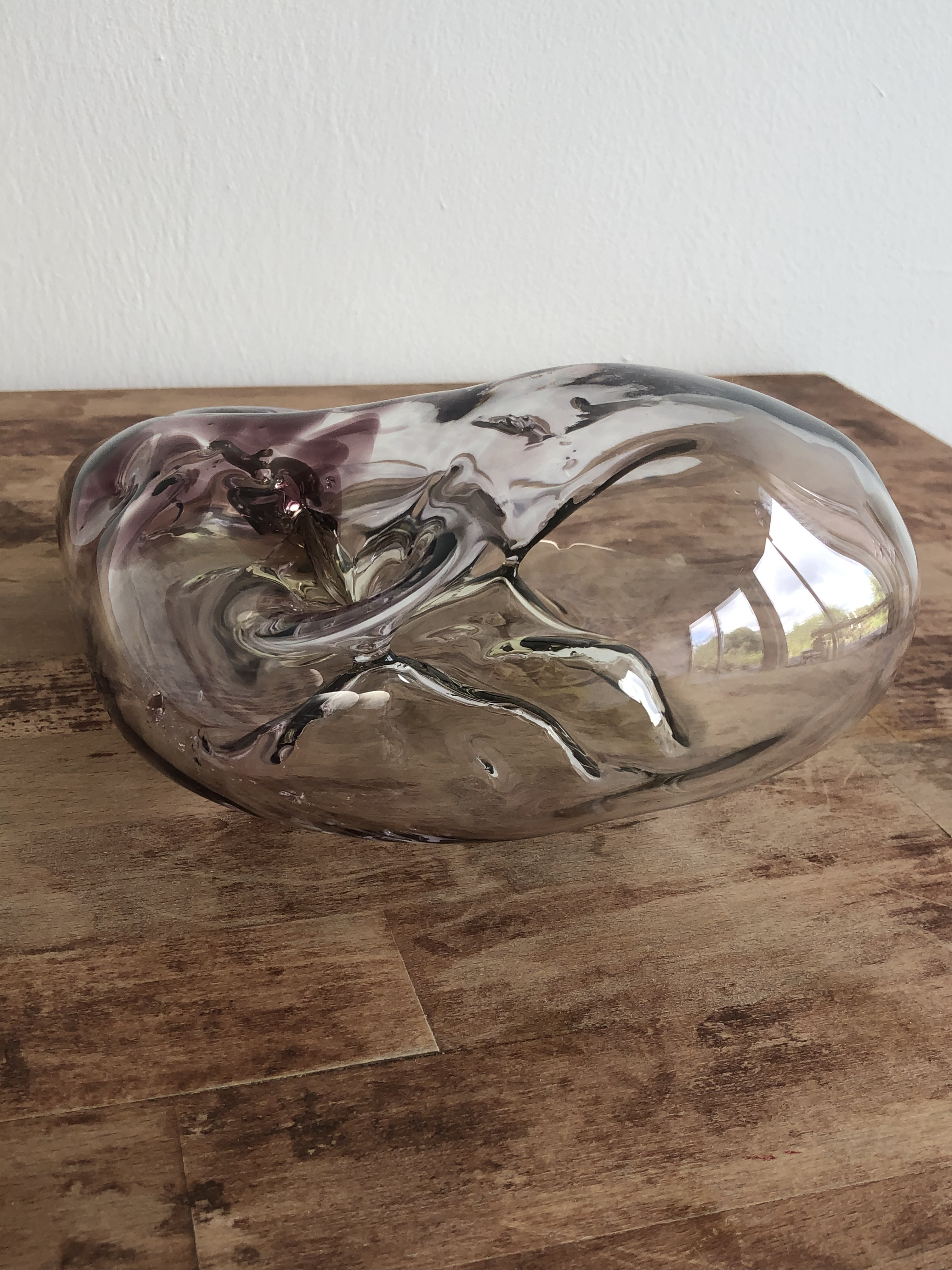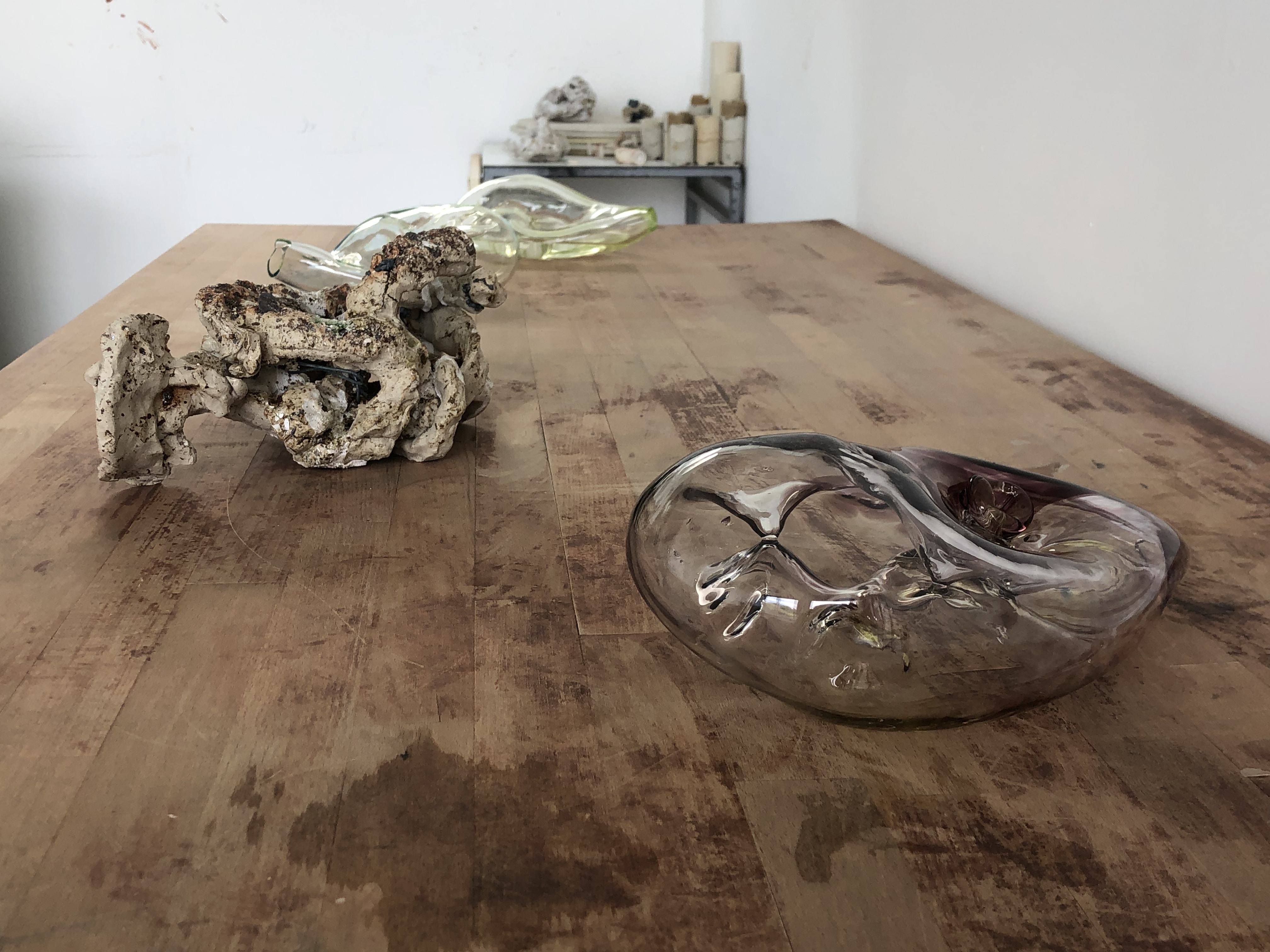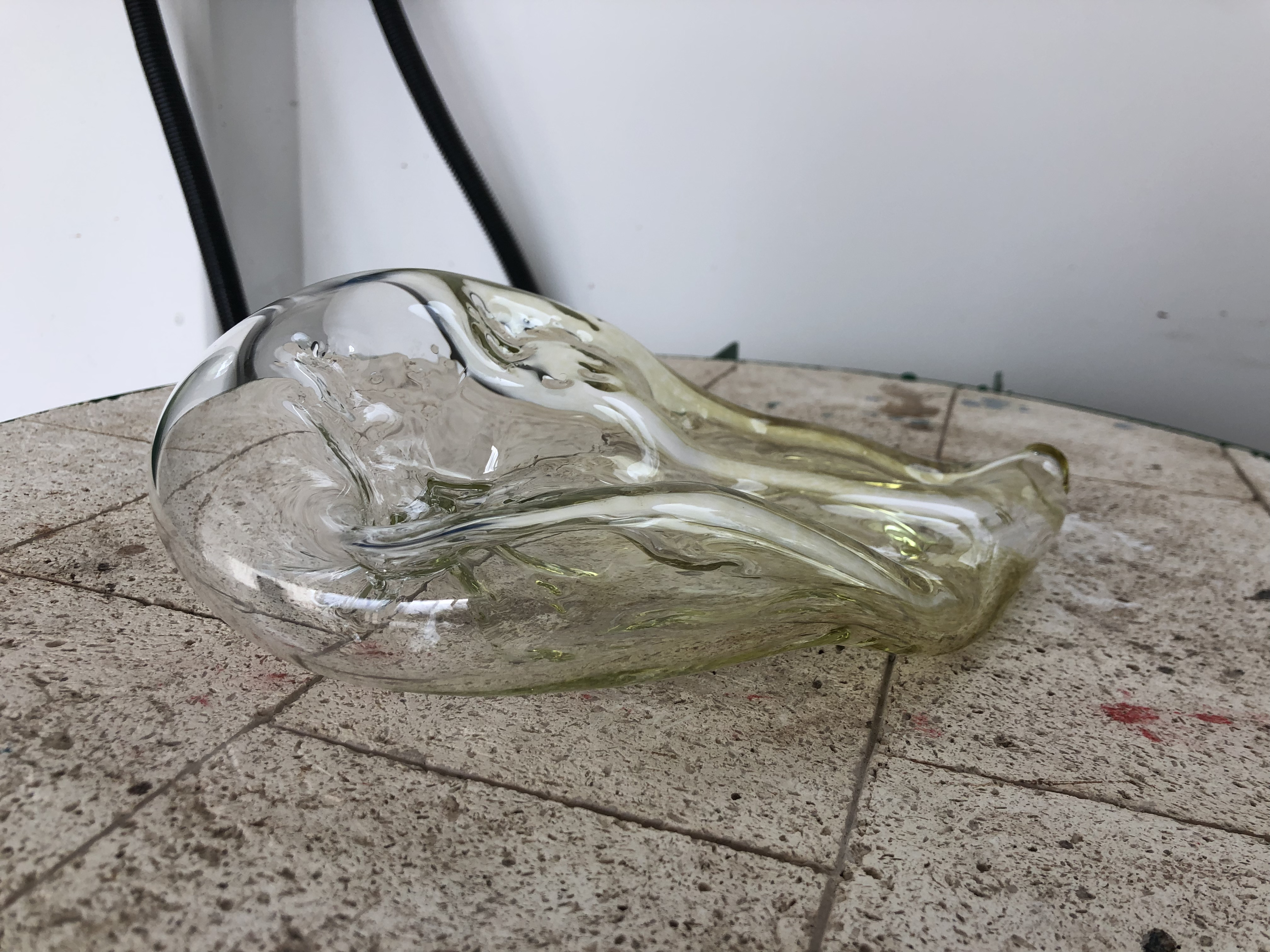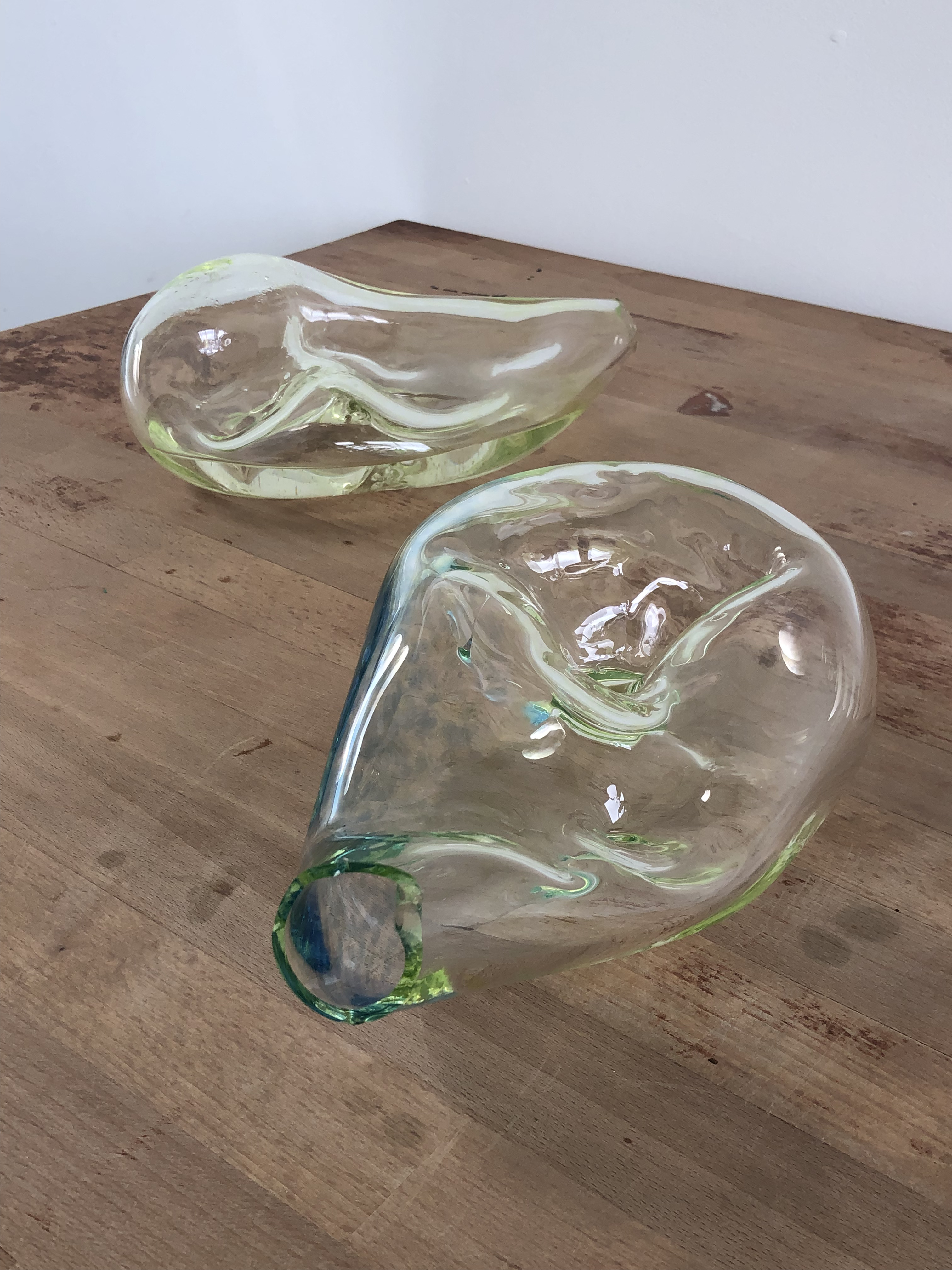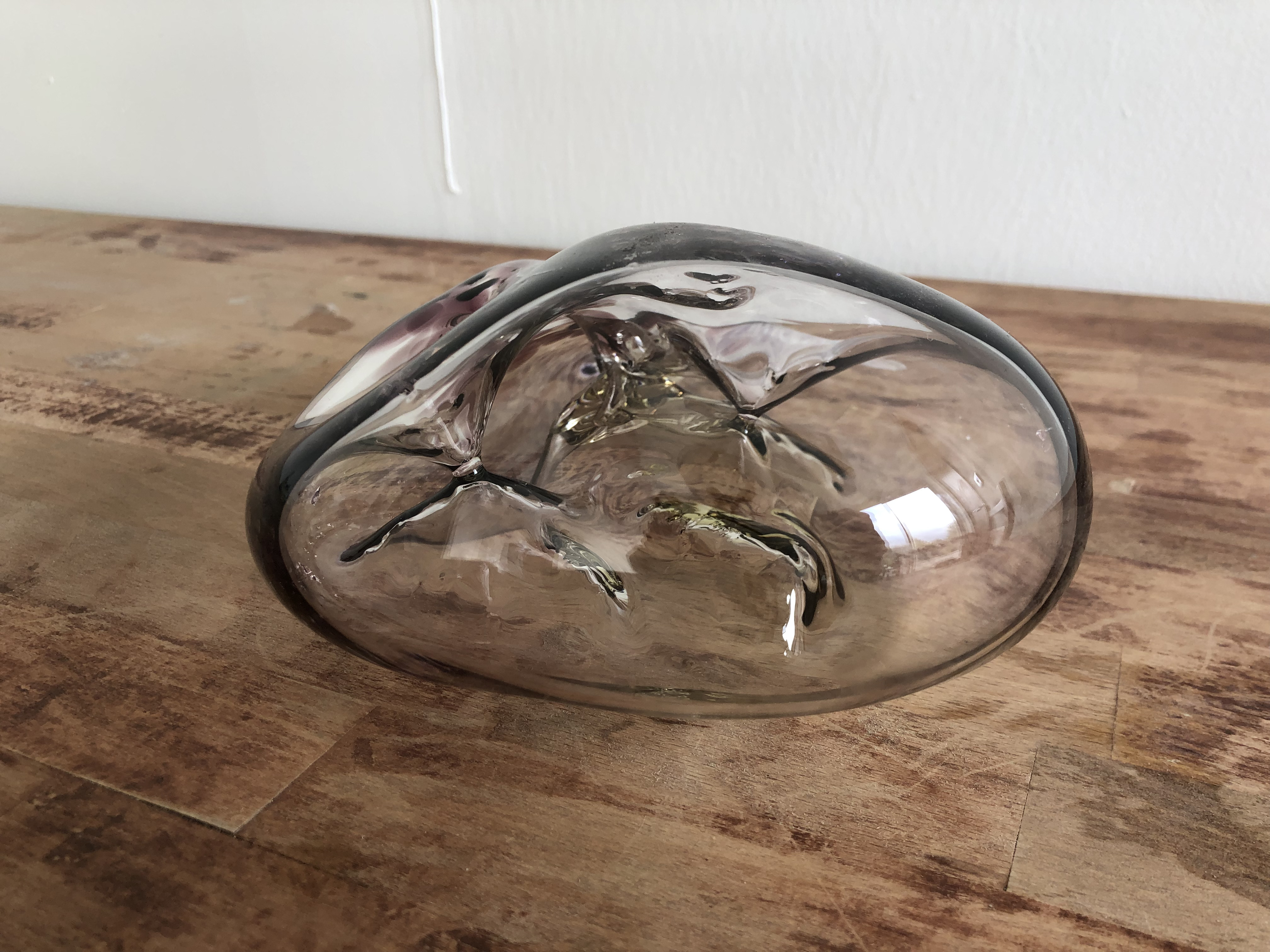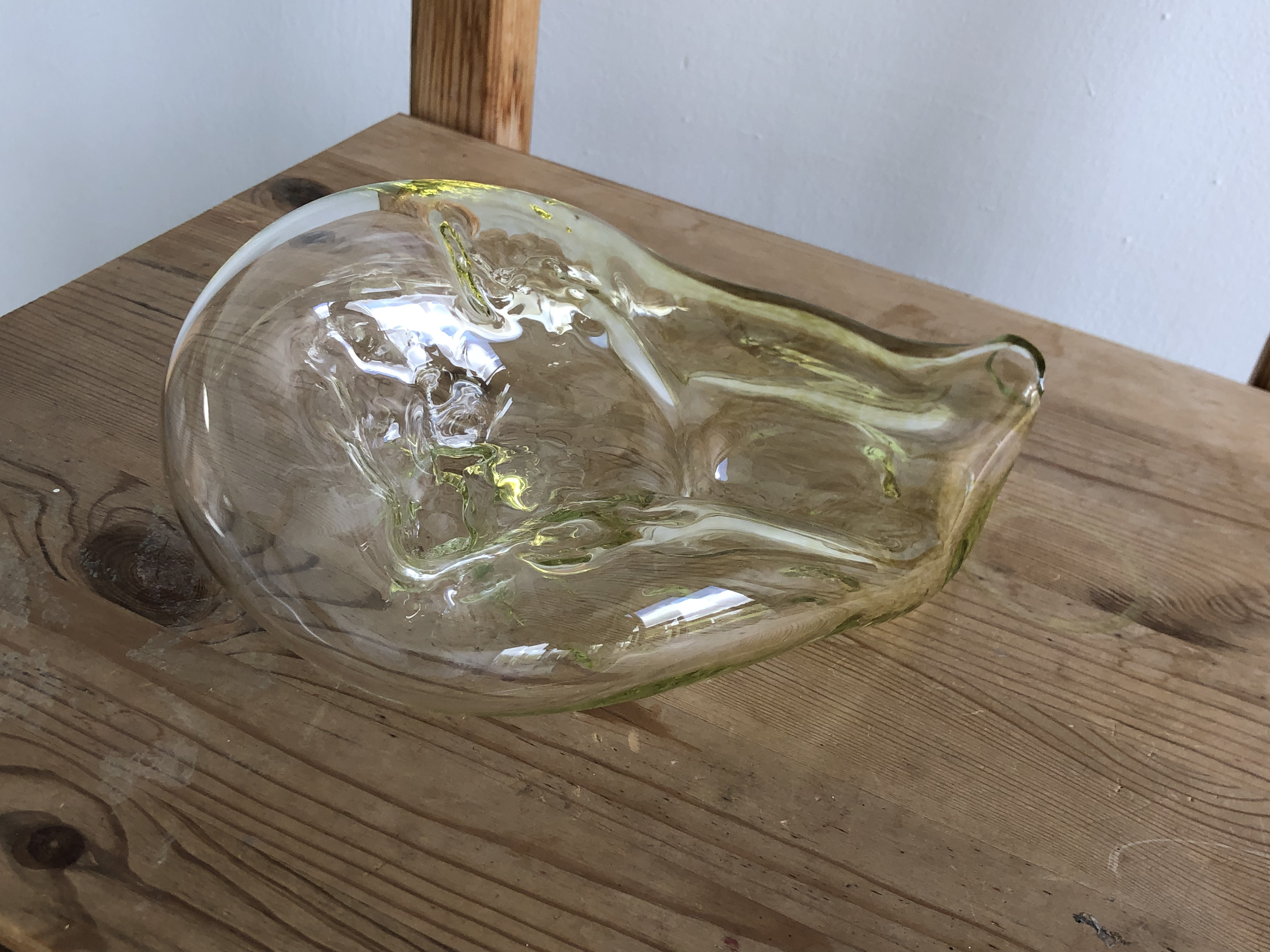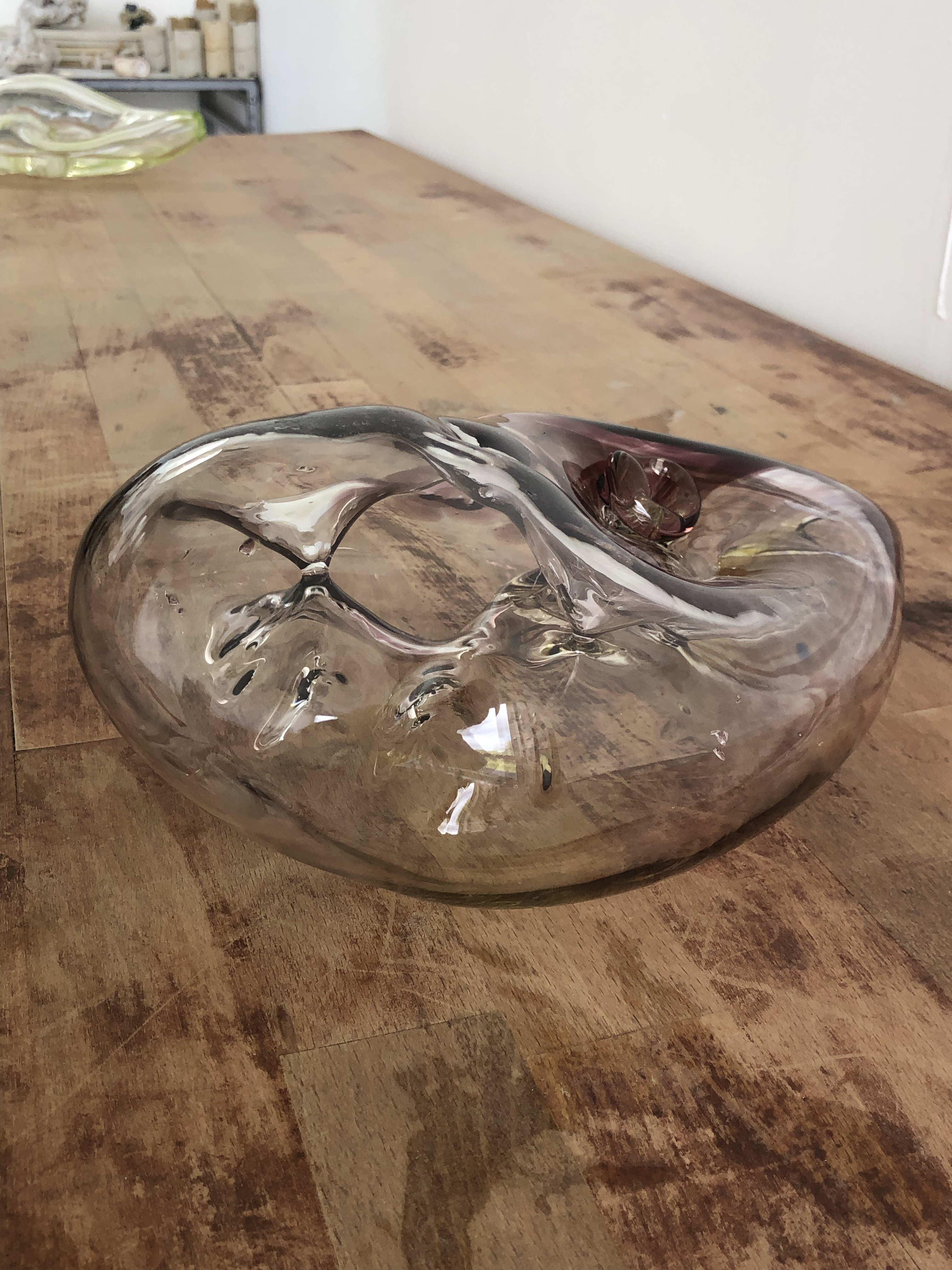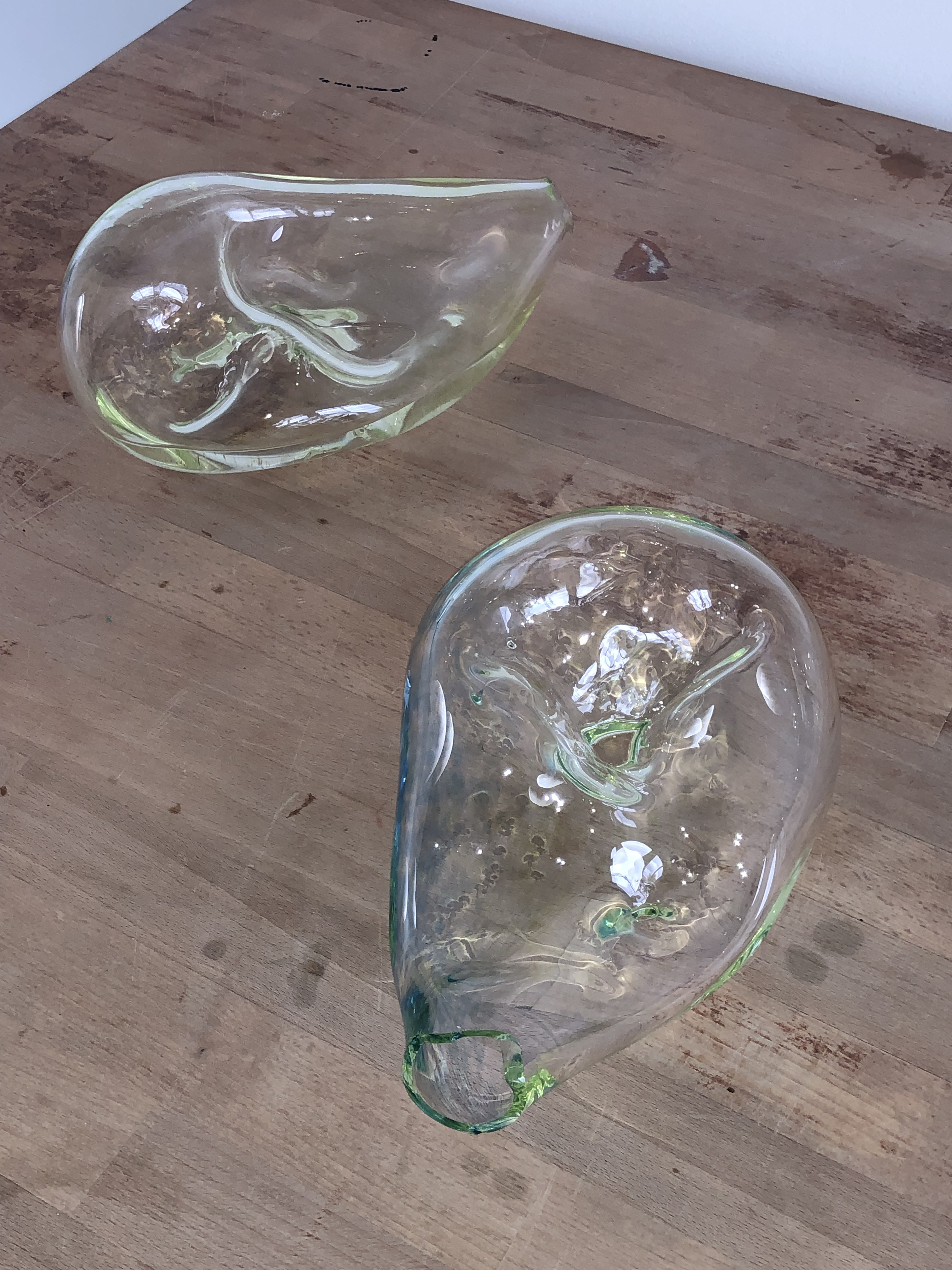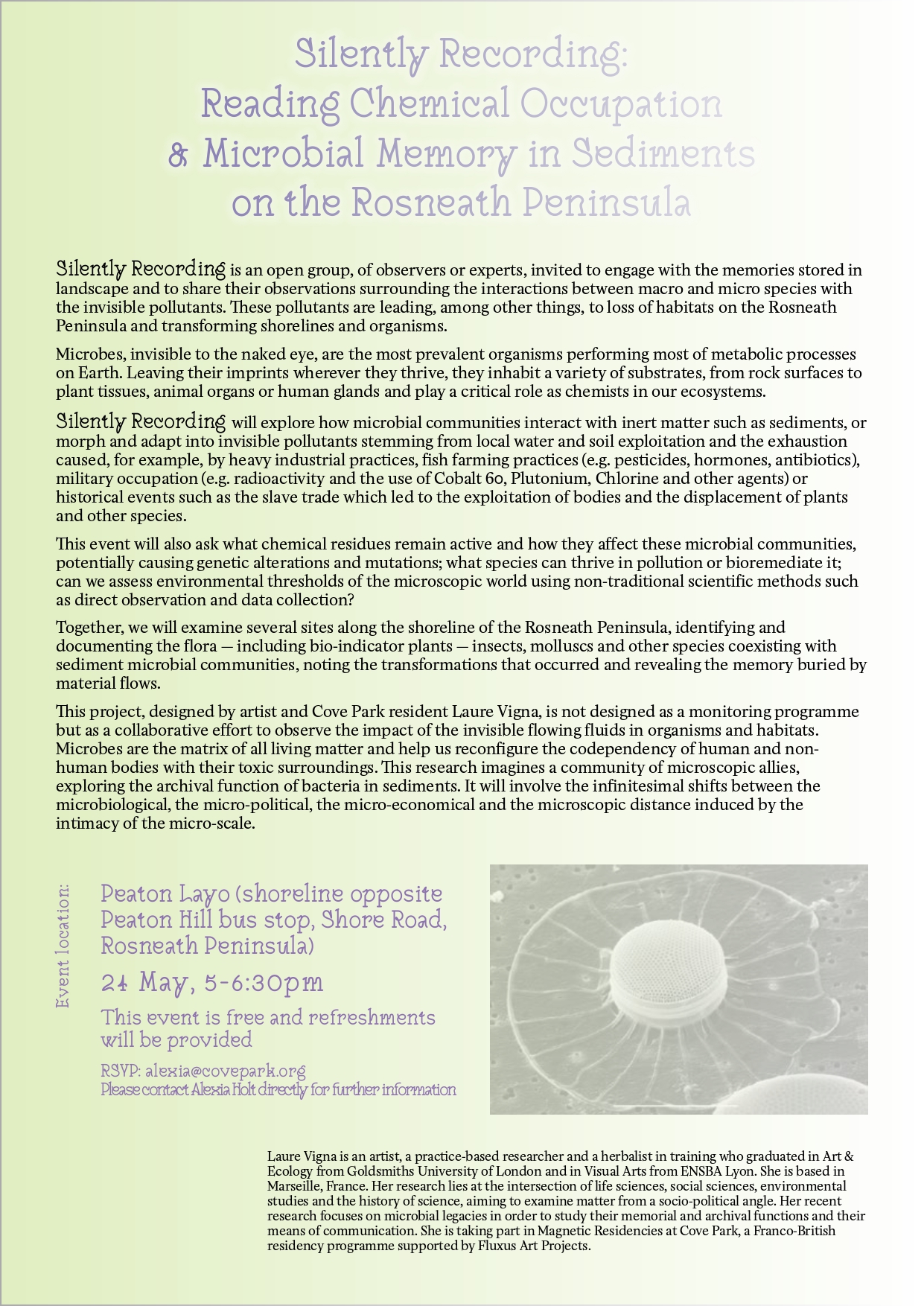During Laure Vigna’s eight-week residency at Cove Park in Scotland her research has focused in part upon Loch Long, a sea loch on Argyll’s west coast. Cove Park’s site, which overlooks Loch Long, provided Laure with a base from which she could investigate the sediments of the loch - its chemical intricacies and legacies - as active assemblage and documentation.
Laure’s current research on microbial memories stored in landscape and bodies raises questions about material flows, displacement and toxicity. Working in ceramics and glass, sediments from the loch have been indexed, fused or moulded with the debris of the compounds they contain, making their materiality, and for some their identity, visible through the transformation of heat. She has also experimented with a variety of glazes made from hyperaccumulator plants, a range of metals, and the remains of marine organisms. While the ceramic pieces reveal chemical residues, the glass pieces are imprints of loch waste, lost or mutagenic spaces.
Alongside her sculptural experiments, Laure organised a citizen science group on the loch’s shoreline. This project was designed as a collaborative effort to observe the impact of the invisible flowing fluids in organisms and habitats, aiming to name and map the Rosneath Peninsula’s silent pollution and share knowledge by activating memories, oral and local history about matter out of place and their impact. This project will hopefully continue at a later date in the form of a publication.
Photo credit: Alan Dimmick, Laure Vigna & Margot Montigny
